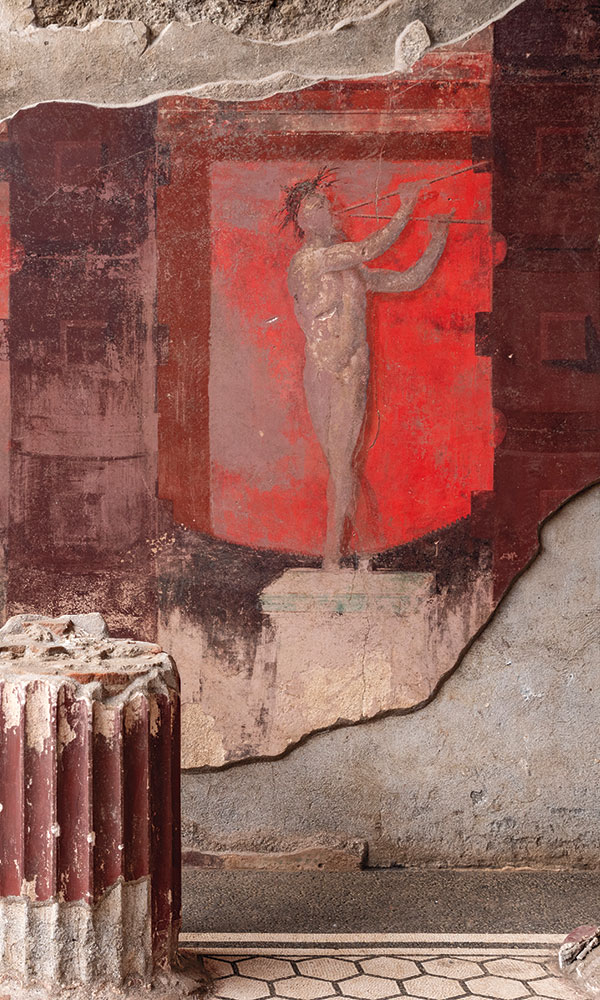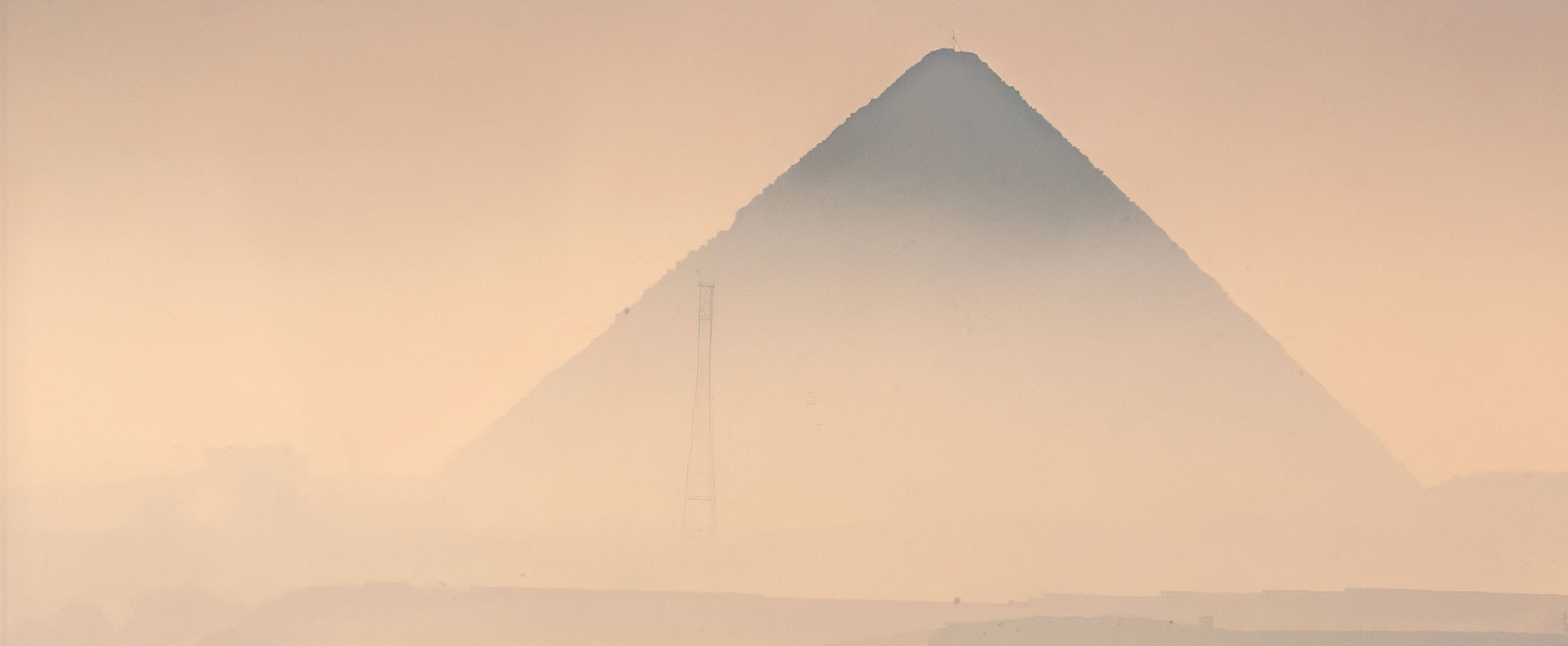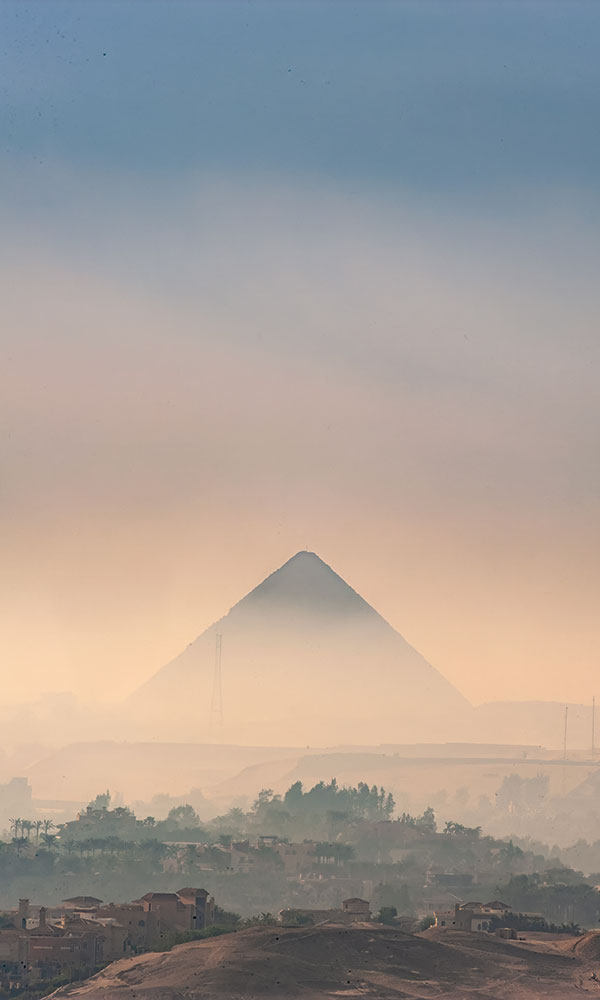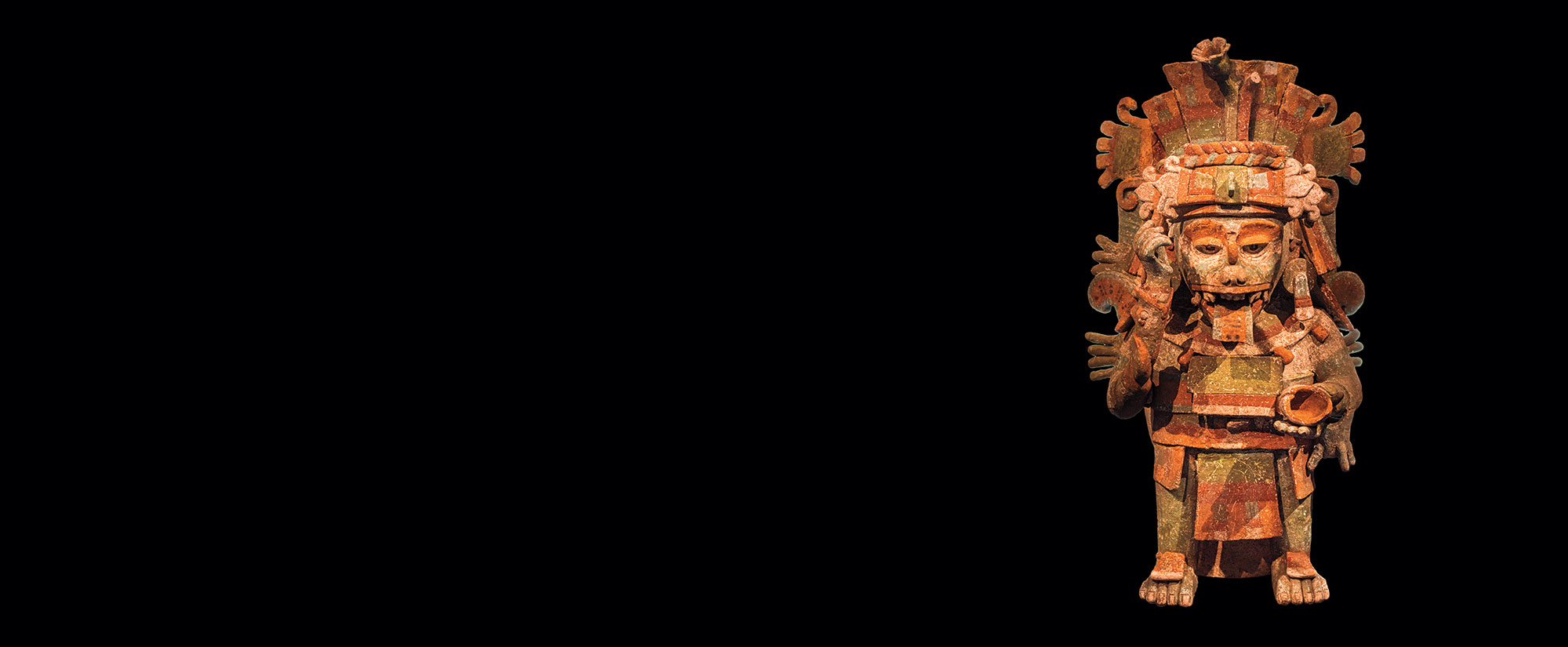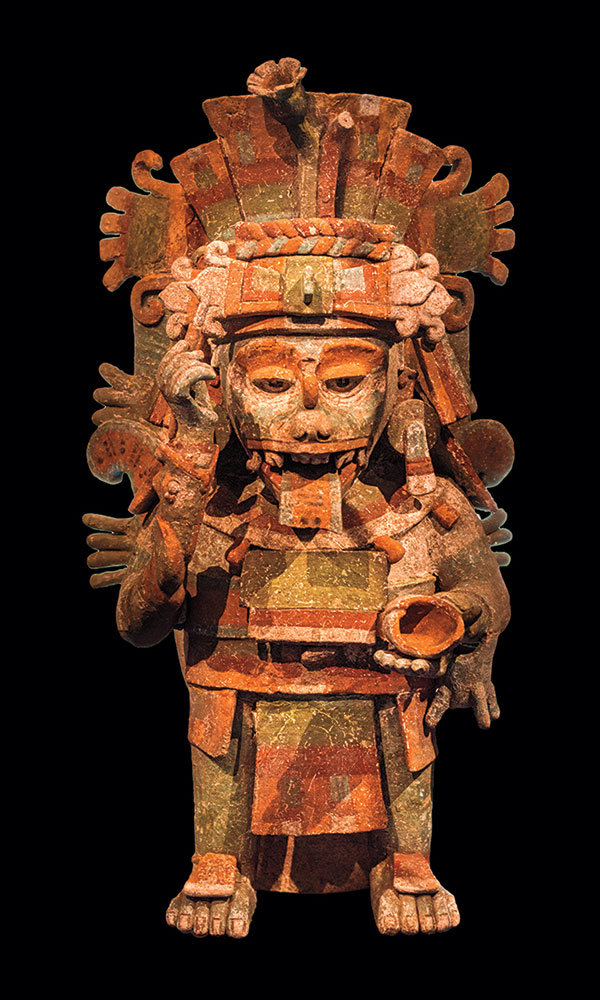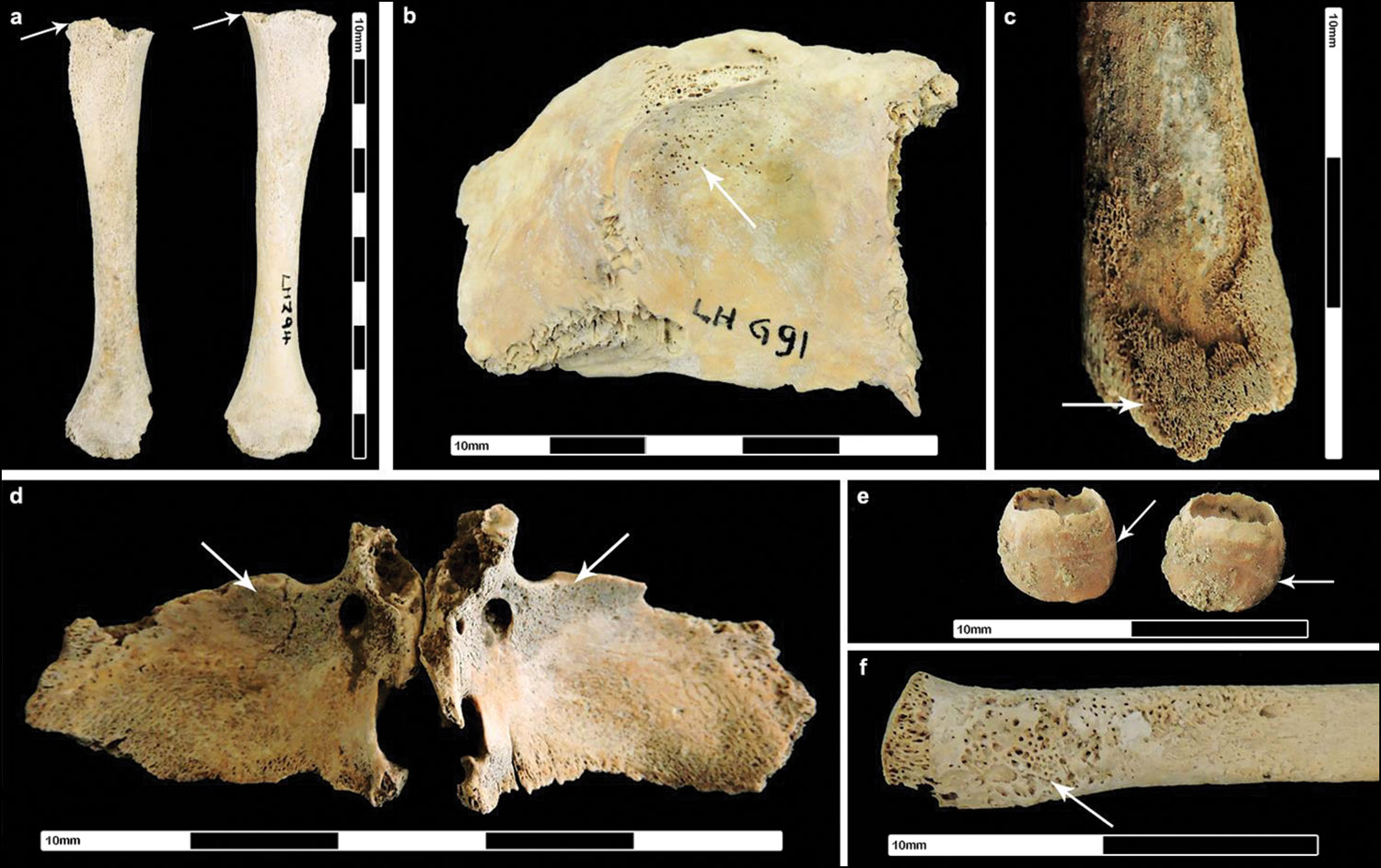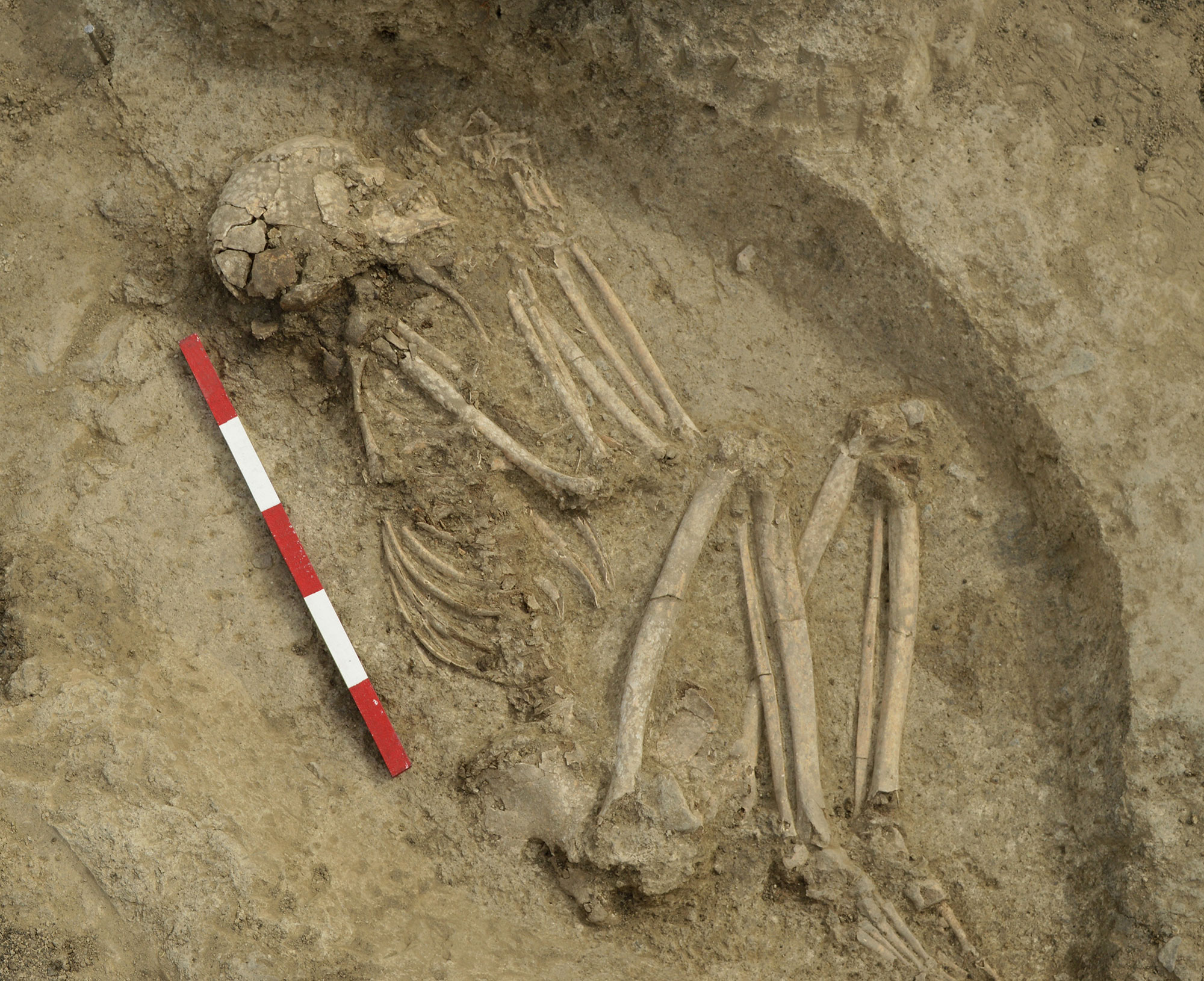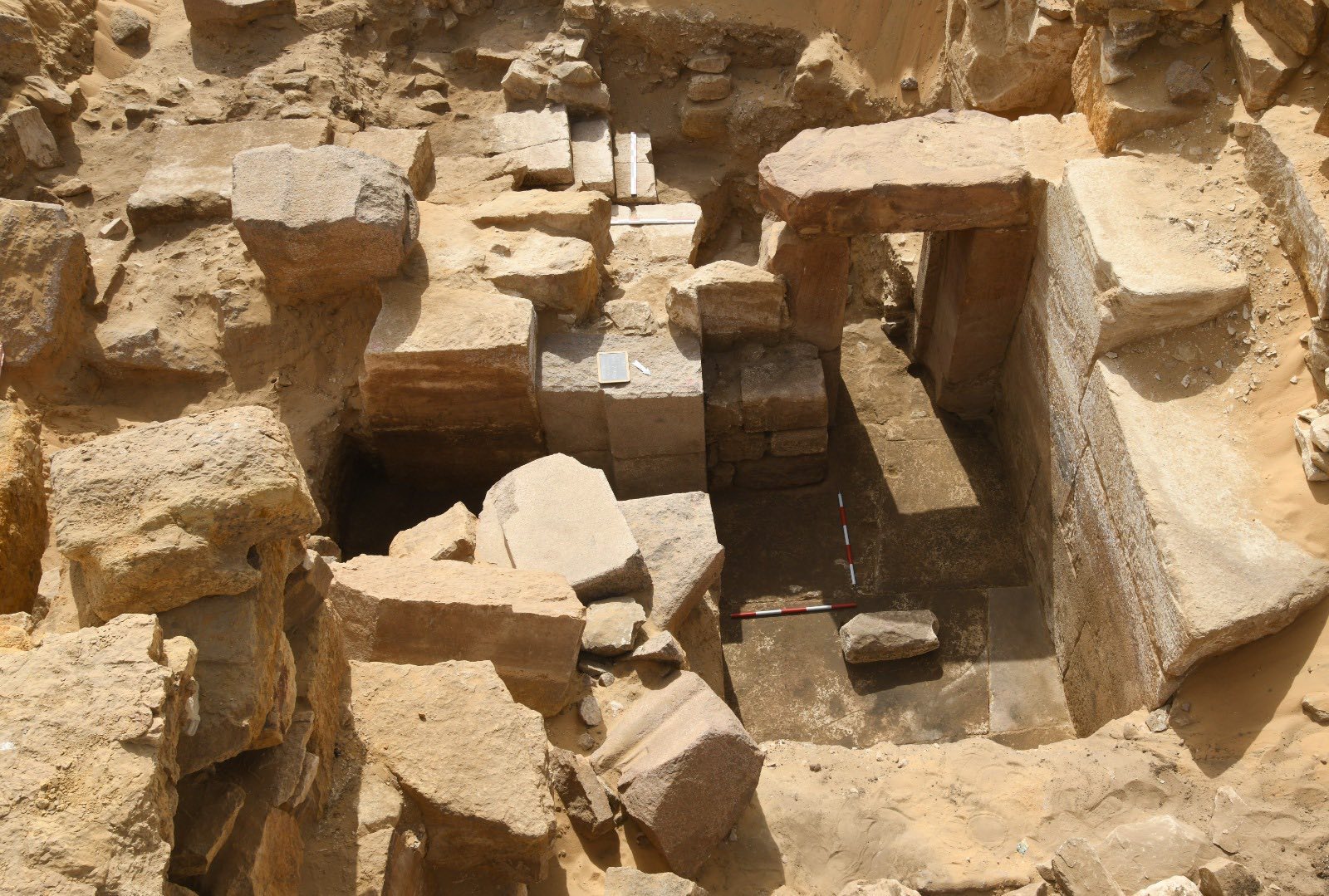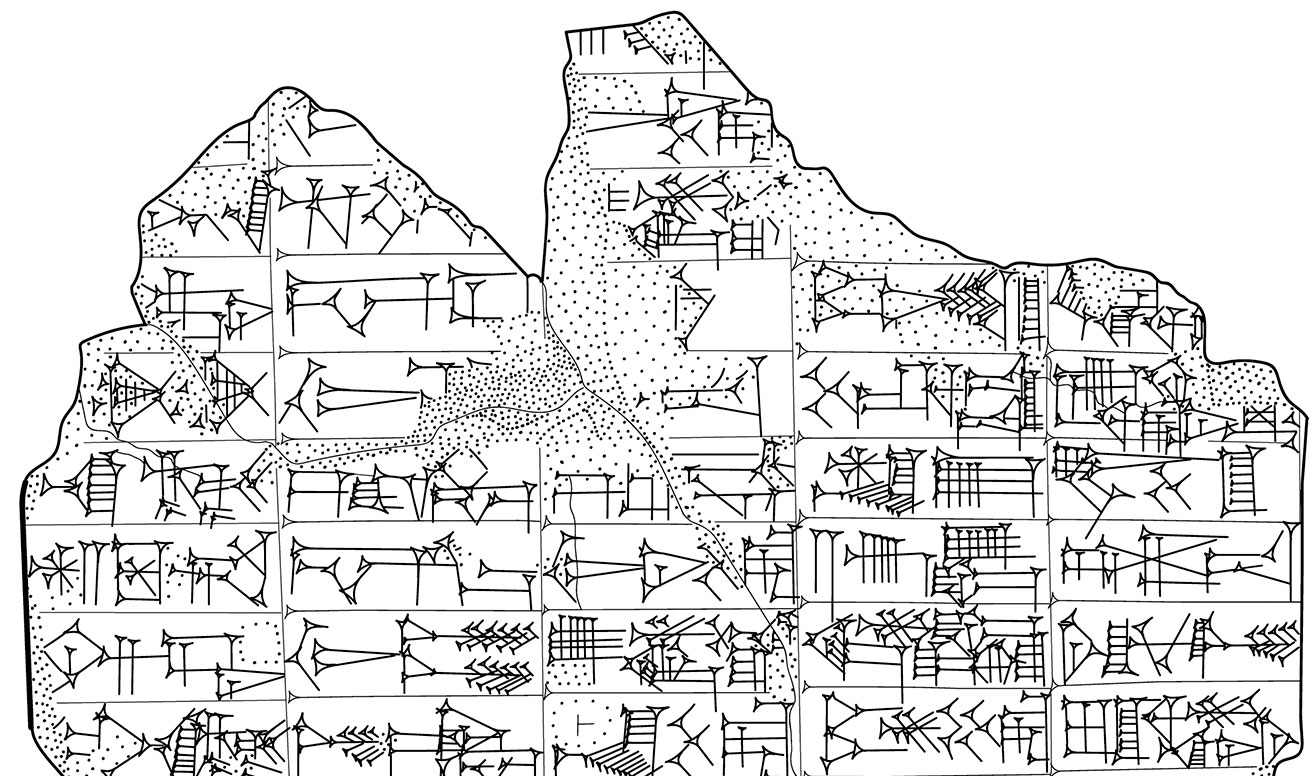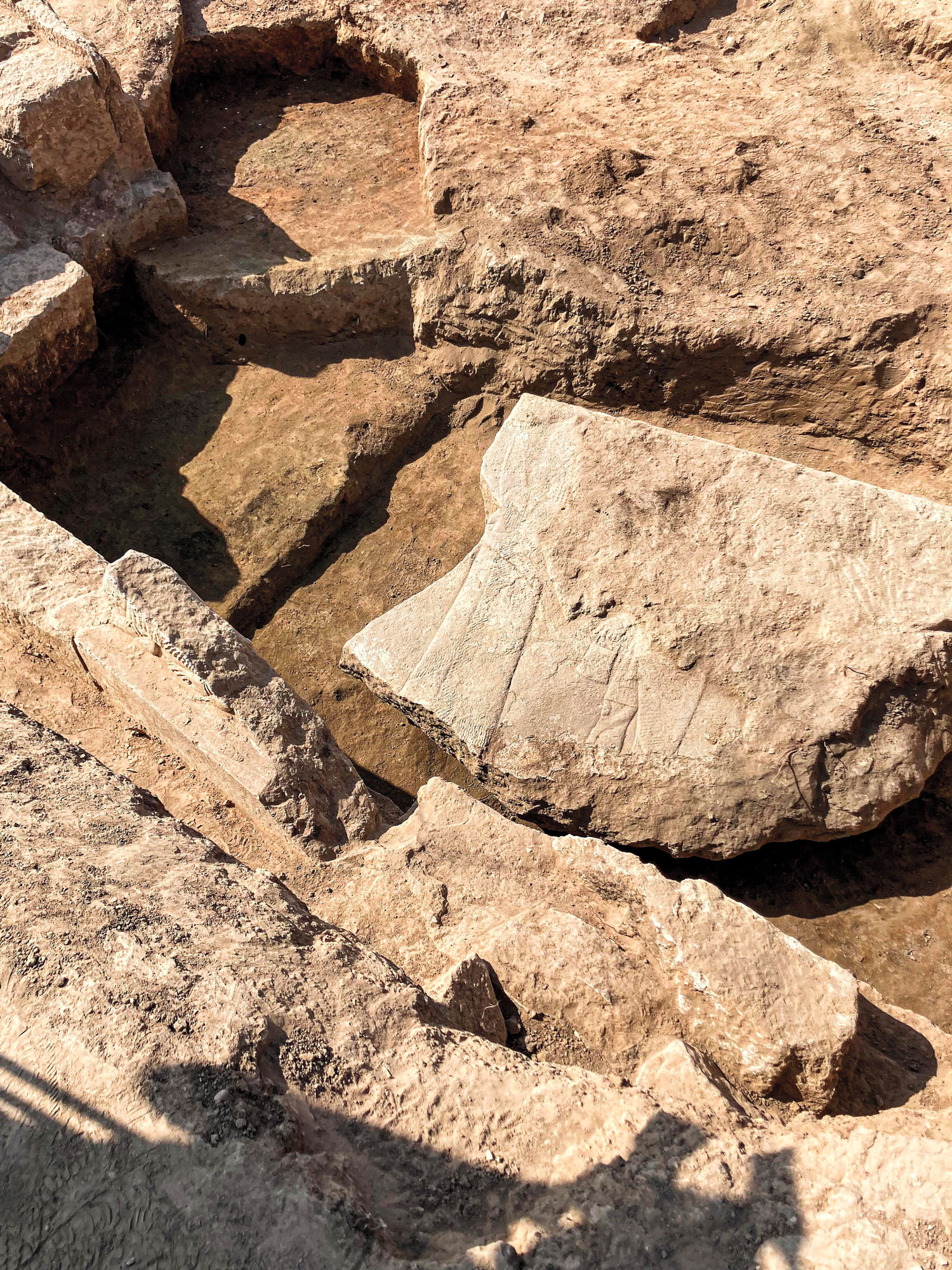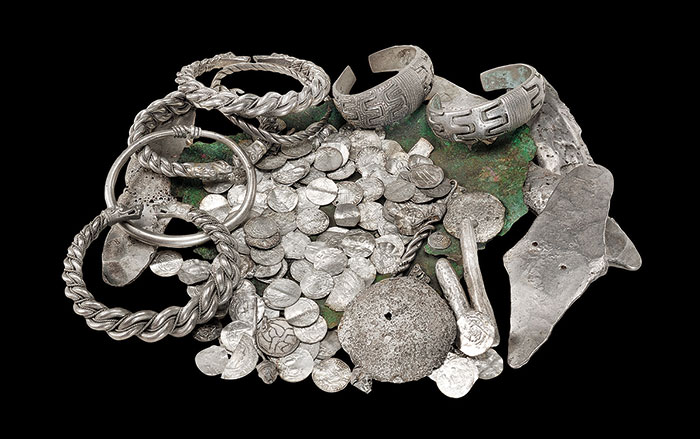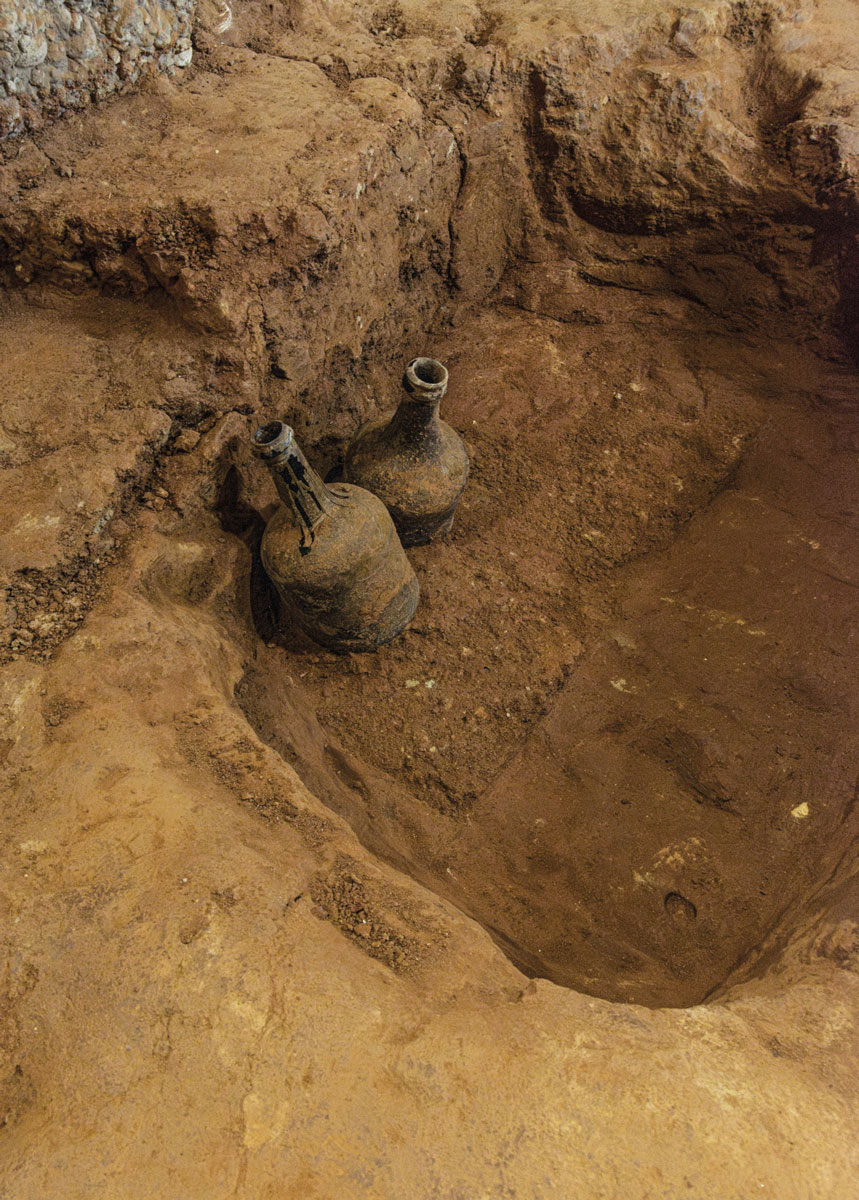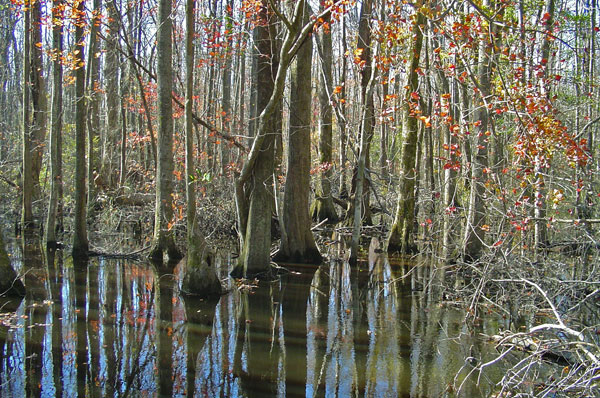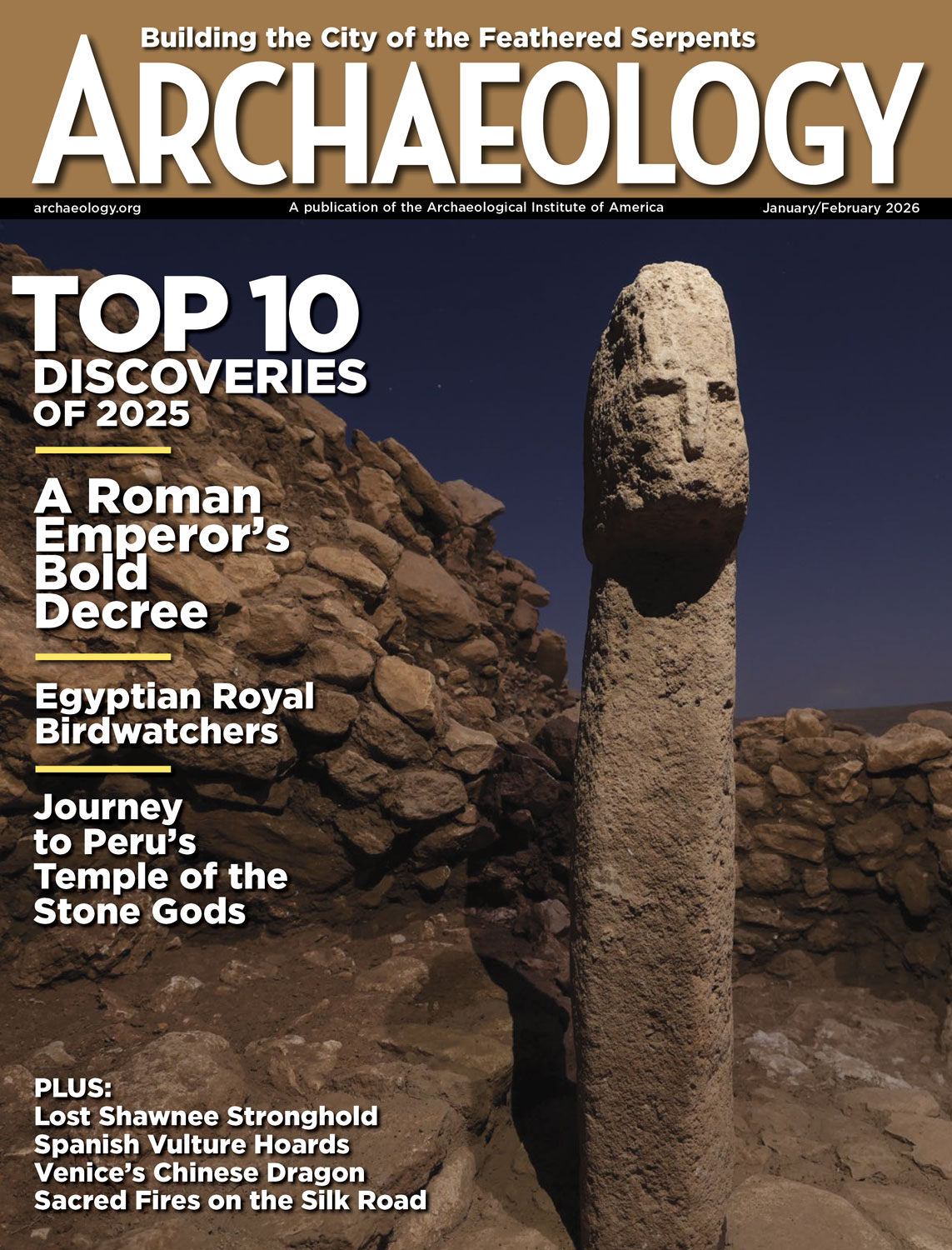-
Features
Top 10 Discoveries of 2025
ARCHAEOLOGY magazine’s editors reveal the year’s most exciting finds
 Courtesy of the Caracol Archaeological Project, University of Houston
Courtesy of the Caracol Archaeological Project, University of Houston -
Letter from France
Neolithic Cultural Revolution
How farmers came together to build Europe’s most grandiose funerary monuments some 7,000 years ago
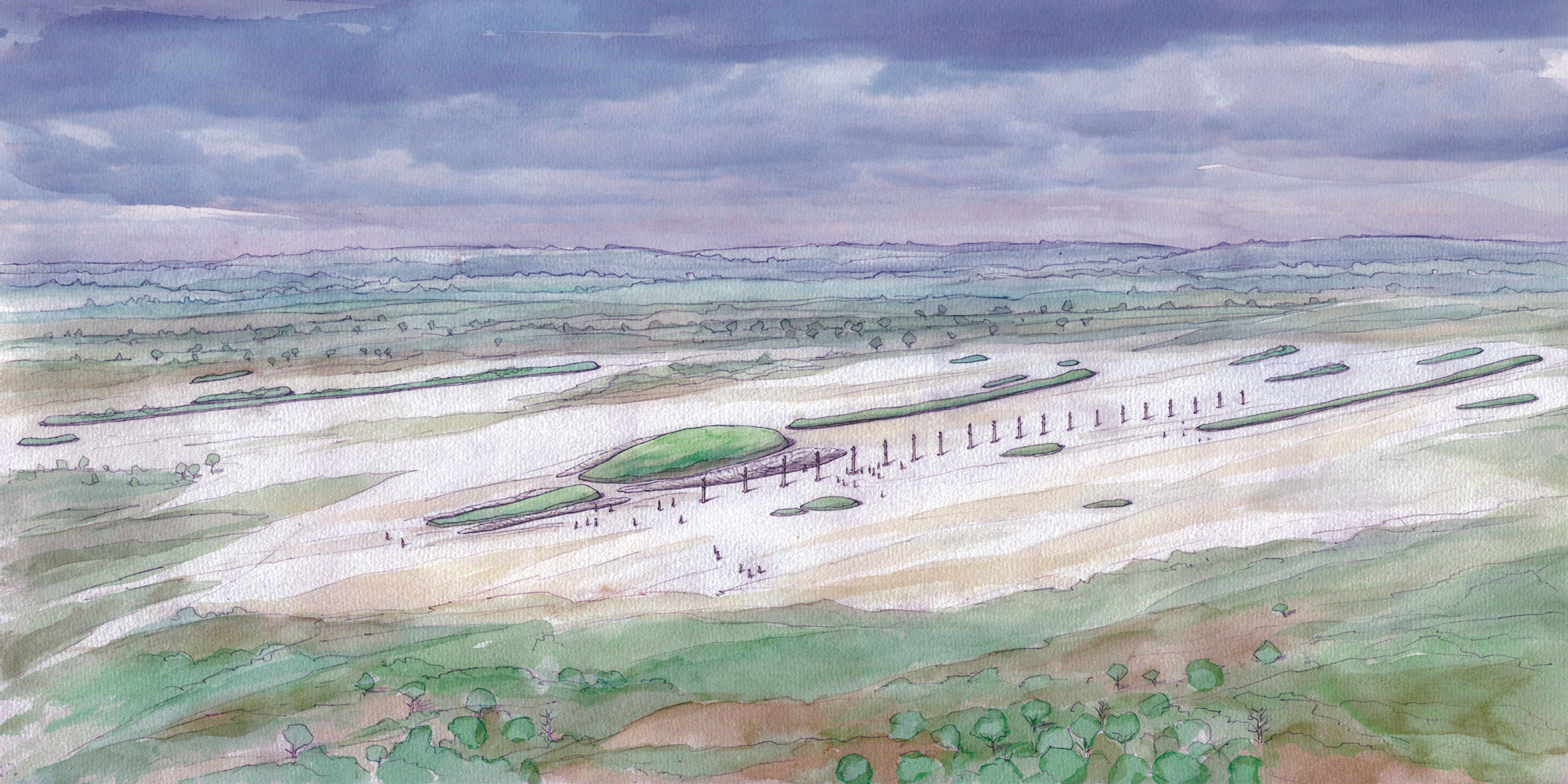 © Laurent Juhel, Inrap
© Laurent Juhel, Inrap -
Features
Secrets of the Seven Wonders
How archaeologists are rediscovering the ancient world's most marvelous monuments
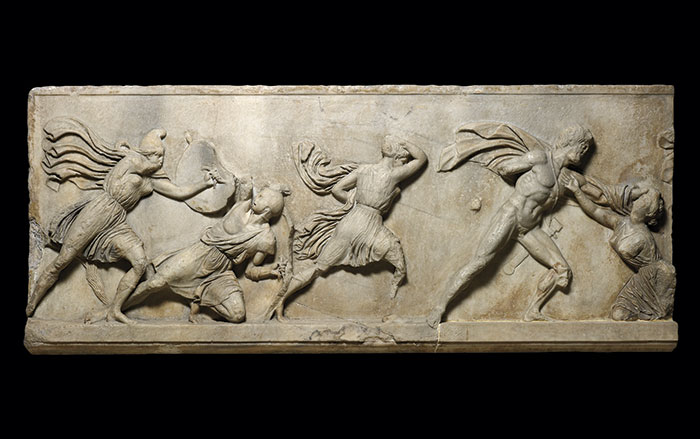 © The Trustees of the British Museum
© The Trustees of the British Museum -
Features
Acts of Faith
Evidence emerges of the day in 1562 when an infamous Spanish cleric tried to destroy Maya religion
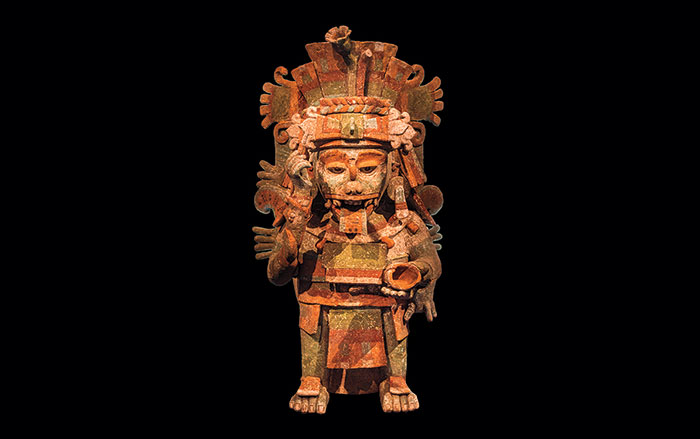 Adriana Rosas/Alamy
Adriana Rosas/Alamy
Trending Articles
-
Top 10 Discoveries of 2025 January/February 2026
The First Indo-European Speakers
Eastern Ukraine and Southern Russia
 Erich Lessing/Art Resource, NY
Erich Lessing/Art Resource, NY -
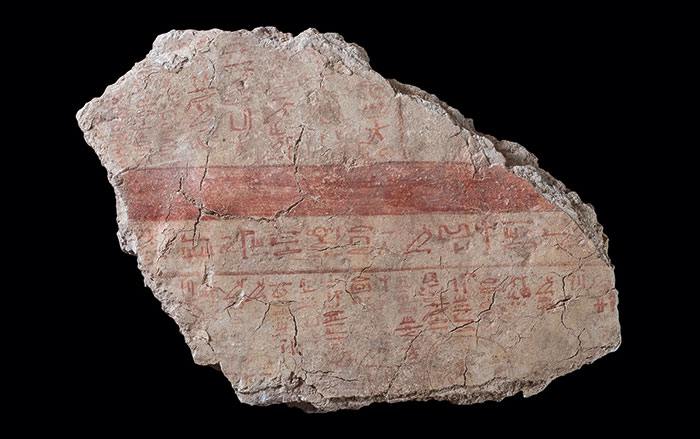 Courtesy New Kingdom Research Foundation
Courtesy New Kingdom Research Foundation -
Off the Grid January/February 2026
Prophetstown, Indiana
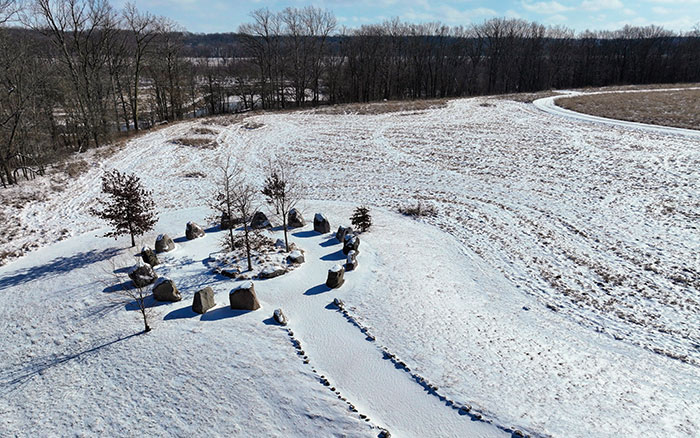 Indiana Department of Natural Resources
Indiana Department of Natural Resources
-
Features March/April 2024
Discovering a New Neolithic World
Excavations in southeastern Turkey are revolutionizing how archaeologists understand the monumental achievements of hunter-gatherers
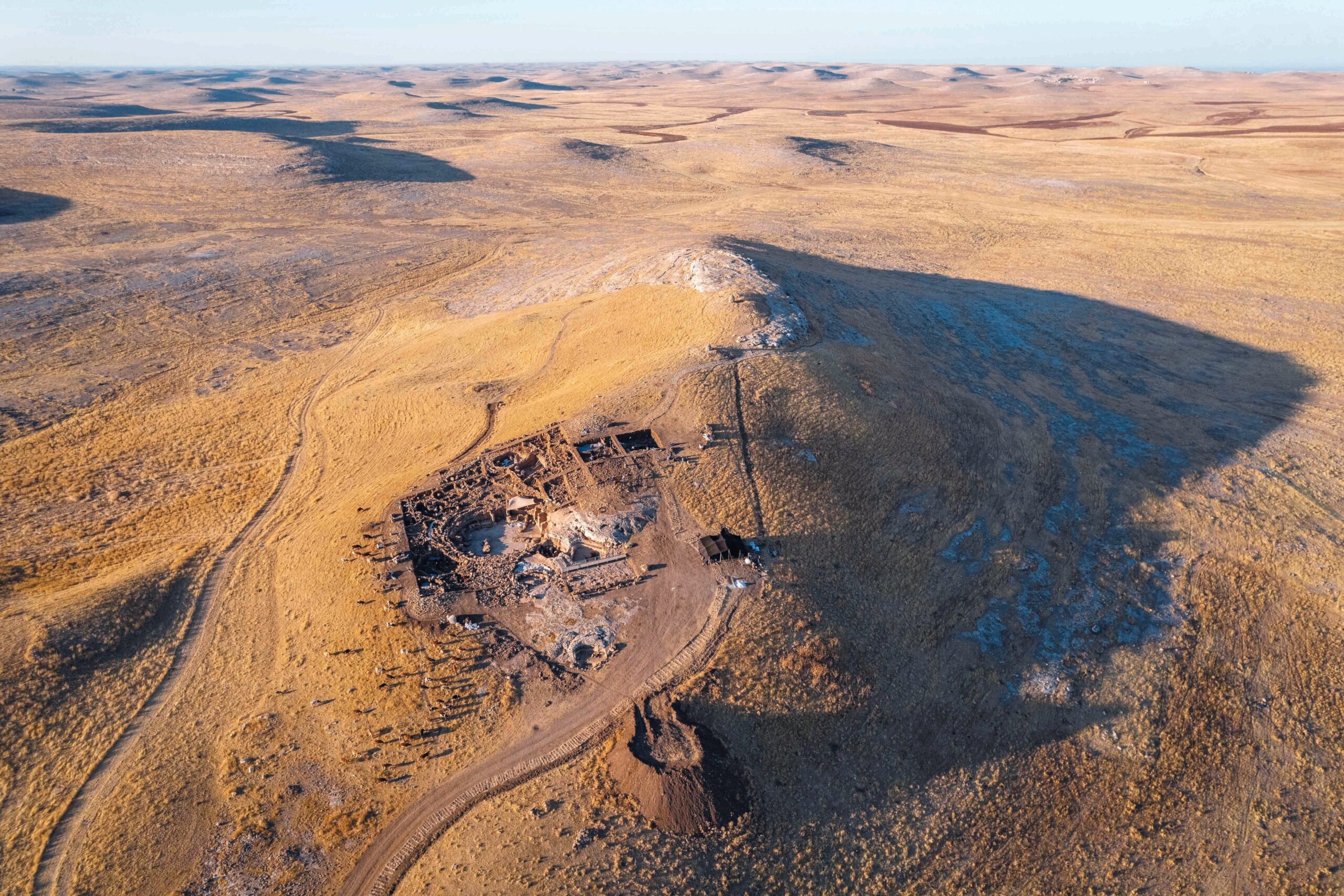
-
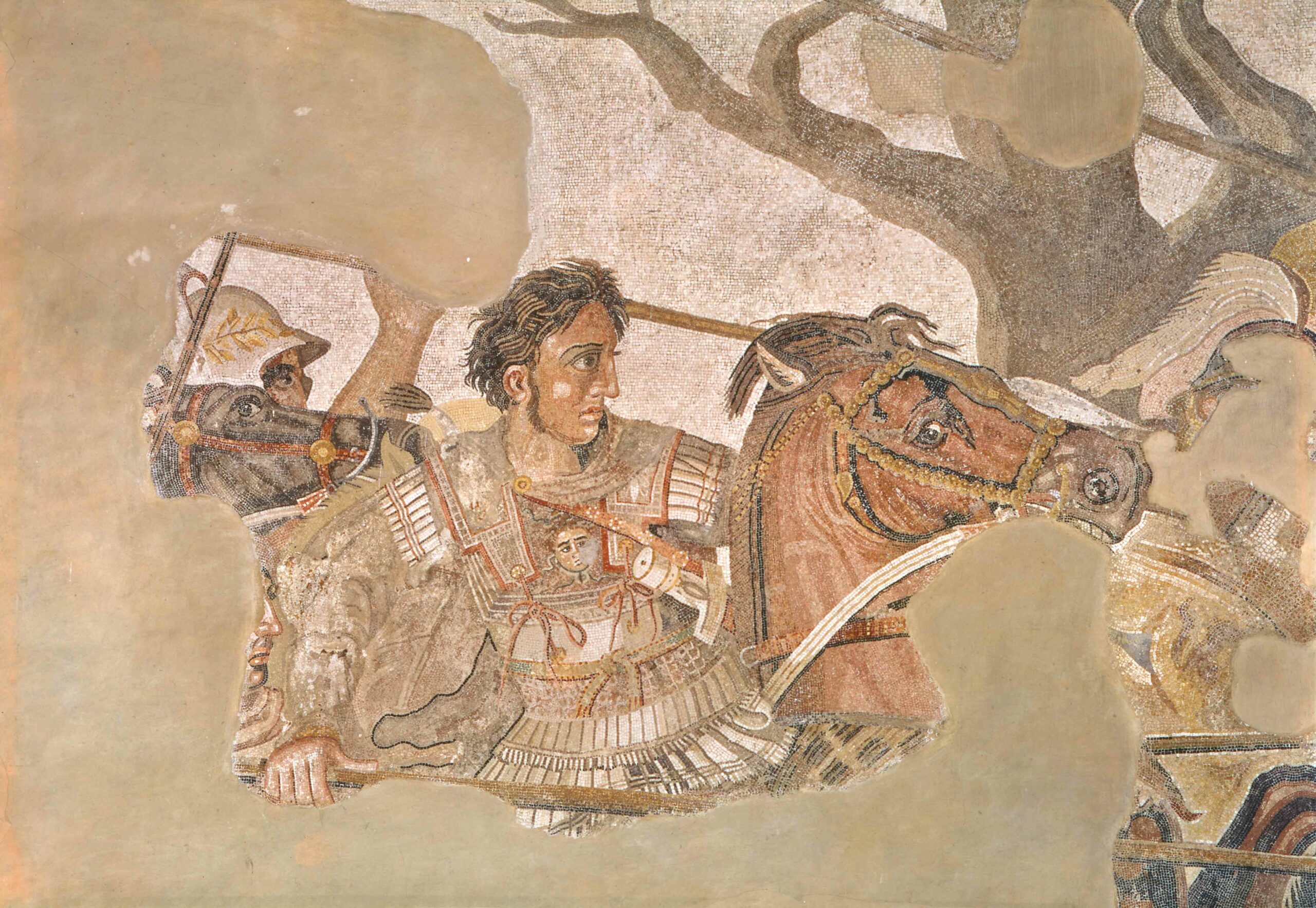 (Scala / Art Resource, NY)
(Scala / Art Resource, NY) -
Features March/April 2022
Exploring Notre Dame's Hidden Past
The devastating 2019 fire is providing an unprecedented look at the secrets of the great cathedral
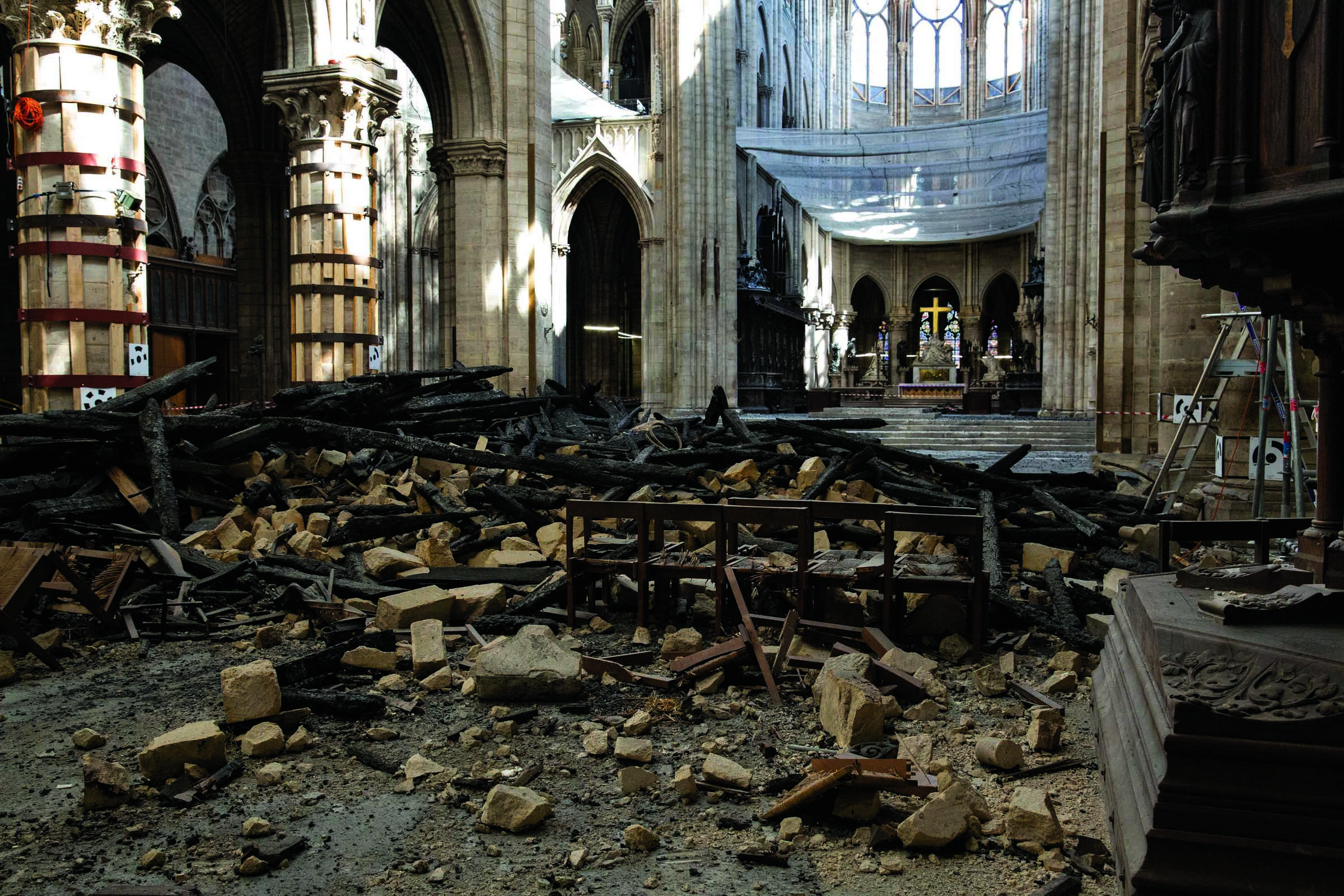 (Patrick Zachmann)
(Patrick Zachmann) -
Features July/August 2021
The Ugarit Archives
Thousands of cuneiform tablets written in a distinctive script tell the dramatic story of a Bronze Age merchant city in Syria
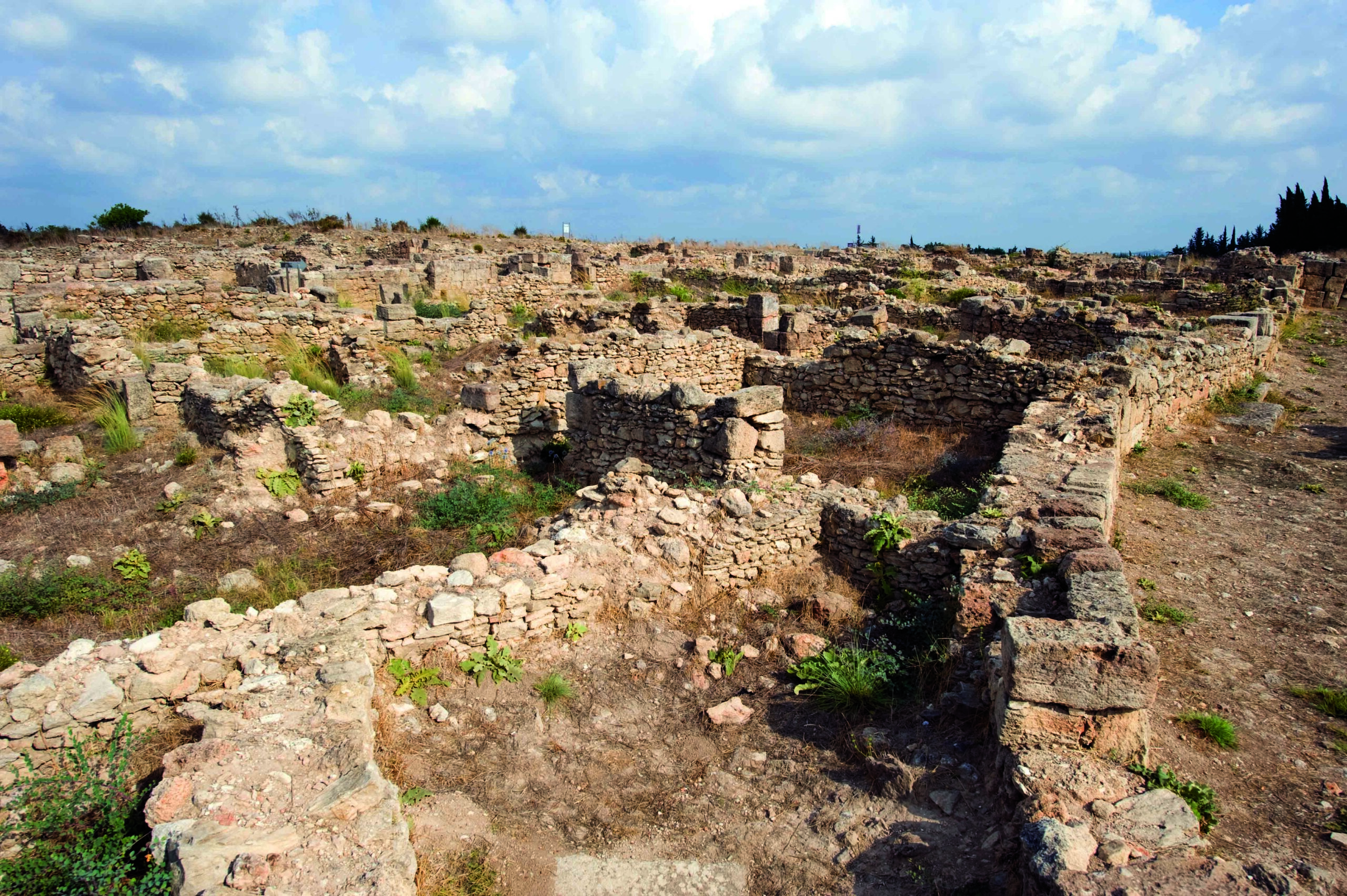 (Dick Osseman/ Wikimedia Commons)
(Dick Osseman/ Wikimedia Commons) -
Features November/December 2022
Magical Mystery Door
An investigation of an Egyptian sacred portal reveals a history of renovation and deception
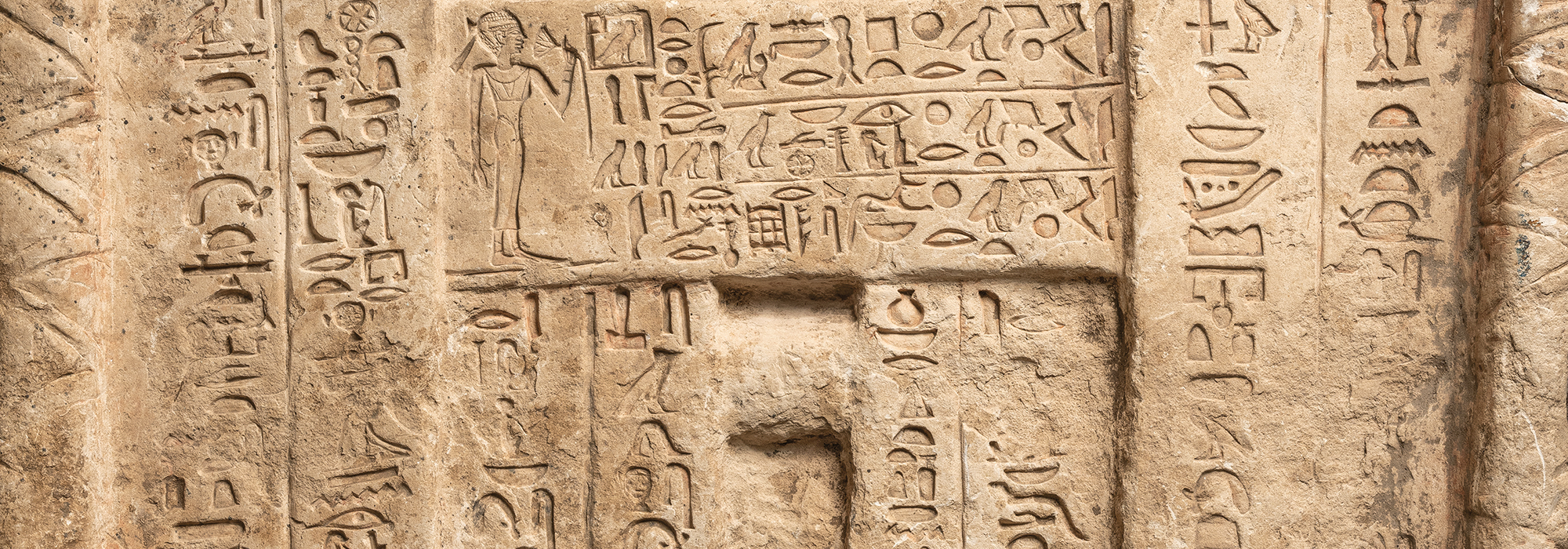 (© The Fitzwilliam Museum, Cambridge)
(© The Fitzwilliam Museum, Cambridge)
Around the World

IRAQ
A surprisingly ancient monumental structure was unearthed at the site of Kani Shaie, at the base of the Zagros Mountains. The 5,000-year-old building likely served a public or religious function. Its architecture shows strong connections with Uruk, 300 miles to the south, which is often called the world’s first metropolis. The discovery indicates that Kani Shaie was not as peripheral as once thought. Instead, it was deeply entwined with the Fertile Crescent’s major social and political developments in the Early Bronze Age.
Related Content

LATVIA
Prehistoric stone tools such as blades and projectile points have long been associated solely with men. However, a survey of material from the enormous Zvejnieki necropolis determined that between 7500 and 2500 b.c., women were just as likely—or even more so—to be buried with stone tools than were men. This is forcing a reconsideration of gender stereotypes in prehistory.
Related Content

VIRGINIA
When English colonists founded Jamestown in 1607, they brought much-needed horses with them. According to recent examination of equid bones, they also brought donkeys, which are not mentioned in historical records. Isotope analysis indicates these animals weren’t transported from England but perhaps were picked up mid-journey in western Africa. This may explain why they aren’t listed on any ship’s manifest. The donkeys were, unfortunately, butchered by desperate colonists during the “starving time” winter of 1609–1610.



